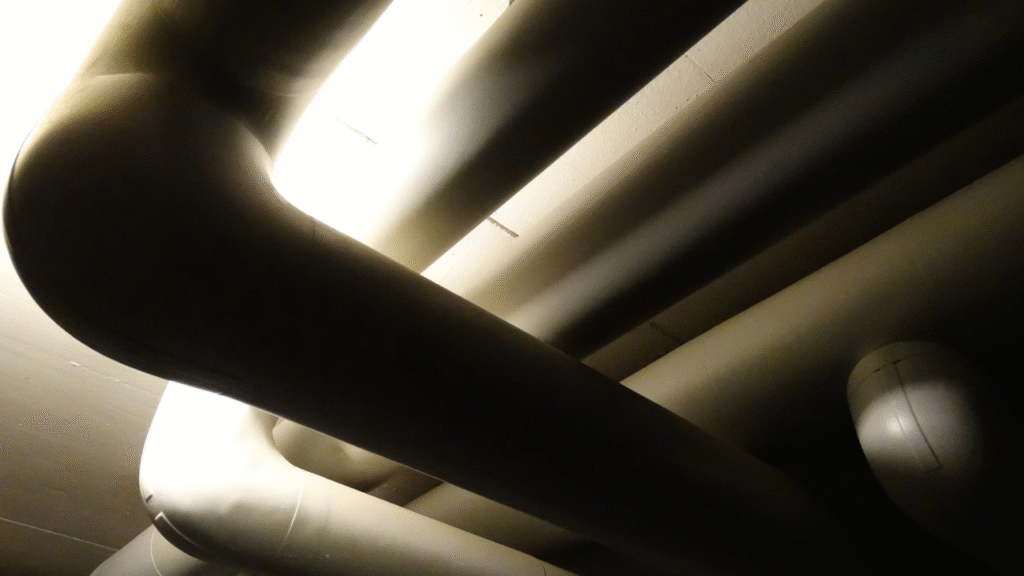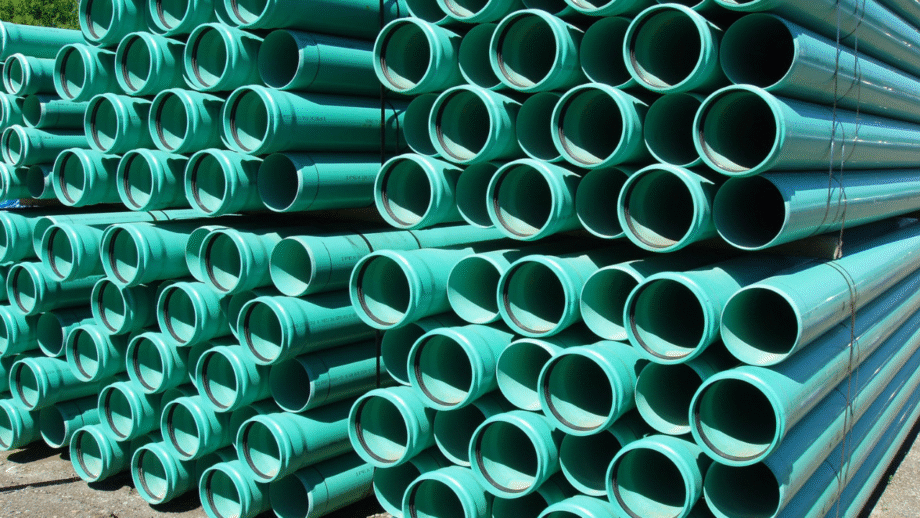A Sustainable Shift in Construction
As climate change and environmental degradation take center stage globally, the construction industry is under increasing pressure to adopt sustainable practices. Traditionally known for its massive carbon footprint and heavy reliance on non-renewable resources, the sector is now exploring eco-conscious alternatives to conventional materials. One promising innovation? Bioplastics in construction.
Bioplastics, derived from renewable sources like corn starch, sugarcane, and cellulose, are not only biodegradable but also offer remarkable versatility. From insulation panels to modular bricks, bioplastics in construction are opening new doors to eco-friendly building materials and reshaping how we think about sustainable architecture.
Let’s explore how these innovative materials are being integrated into construction and why they might be the cornerstone of green construction technology in the future.
What are Bioplastics?
Before diving into construction applications, it helps to understand what bioplastics actually are. Unlike traditional plastics, which are made from petroleum, bioplastics are derived from natural, renewable sources. Some are biodegradable plastics, which means they can break down under certain environmental conditions, while others are simply bio-based but not necessarily biodegradable.
There are two main types of bioplastics:
- Bio-based plastics – Made from renewable resources but may behave like traditional plastics.
- Biodegradable plastics – Designed to decompose in specific conditions, reducing landfill burden.
Both types offer potential for use as sustainable construction materials when processed into durable forms like sheets, panels, composites, and 3D-printable building blocks.

Bioplastics in Construction: Where Are They Used?
Using bioplastics in construction isn’t just theoretical—they’re already being applied in several exciting ways:
1. Insulation Materials
Some companies are developing biocomposites made with natural fibers and bioplastics to serve as thermal insulation. These materials provide comparable performance to conventional foam insulation but with a significantly lower environmental impact.
2. 3D-Printed Building Elements
Advanced 3D printing technologies are using bio-based polymers to create building components like bricks, tiles, and wall panels. These components are lightweight, customizable, and ideal for prefabricated construction.
3. Wall Panels and Cladding
Bioplastics mixed with recycled fibers are being used to develop interior and exterior wall cladding that is not only durable and weather-resistant but also biodegradable or recyclable at the end of its life cycle.
4. Temporary Structures
For construction sites and events, biodegradable plastic-based materials can be used for signage, barriers, and temporary structures, significantly reducing waste after use.
Environmental Benefits of Bioplastics in Construction
Incorporating bioplastics in construction aligns with broader sustainability goals. Here are some of the major environmental advantages:
1. Reduced Carbon Footprint
Because they are made from renewable sources, bioplastics typically have a lower carbon footprint compared to petroleum-based plastics. During their production, plants absorb CO₂, partially offsetting emissions.
2. Less Plastic Waste
Traditional construction contributes significantly to plastic waste. Using biodegradable plastics in construction helps reduce the burden on landfills and minimizes long-term environmental pollution.
3. Renewable and Abundant Resources
Materials like corn, bamboo, and algae are rapidly renewable, making bio-based polymers a responsible alternative to finite fossil-based resources.
4. Supports Circular Economy
Many bioplastic products can be composted or mechanically recycled, feeding into a circular economy model that prioritizes reuse and regeneration over waste.

Challenges to Overcome
Despite the promise, integrating bioplastics in construction is not without its hurdles. Here are some of the current challenges with sustainable construction materials:
1. Durability and Weather Resistance
Some bioplastics are not as strong or weather-resistant as traditional plastics or concrete. Researchers are continually working on enhancing the mechanical properties of biocomposites for structural use.
2. Higher Costs
Eco-friendly building materials like bioplastics can be more expensive due to limited production scale and the complexity of sourcing raw materials.
3. Regulatory Barriers
Building codes and safety standards in many countries have yet to catch up with the innovation in green construction technology, making approvals and certification a challenge.
Innovations and Future Prospects
The good news? Research and development are rapidly addressing these issues. Several universities and startups are pioneering exciting innovations in bioplastics for construction, such as:
- Algae-based panels that are naturally fire-resistant and biodegradable
- Mycelium-bioplastic composites with excellent insulating properties
- Hybrid bio-concrete materials reinforced with bio-based polymers
These developments could make low-carbon building materials more accessible and affordable in the near future.

Global Trends and Industry Adoption
The shift toward renewable construction resources is happening worldwide. European countries, in particular, are leading in promoting sustainable construction materials through policy incentives and green certifications.
Major architecture firms are also embracing bioplastics in construction as part of their sustainability frameworks. Some companies are even designing zero-waste buildings using biodegradable panels, modular bioplastic walls, and compostable insulation.
How You Can Support Greener Building Practices
Whether you're a homeowner, builder, architect, or just a sustainability advocate, you can play a role in promoting eco-friendly building materials:
- Ask suppliers about bio-based polymers and alternatives to PVC and polyurethane.
- Choose products with environmental certifications like Cradle to Cradle or FSC.
- Support construction firms investing in green construction technology.
- Spread awareness about the benefits of bioplastics in construction in your community or professional circles.

Final Thoughts: Building a Sustainable Tomorrow
The construction industry is ripe for transformation, and bioplastics could be one of the key drivers of that change. From biocomposites to biodegradable plastics, these materials are laying the groundwork for cleaner, greener, and smarter buildings.
While challenges remain, the benefits are compelling—lower emissions, reduced waste, and better use of renewable construction resources. As innovation continues, the cost and performance gaps will shrink, making sustainable construction materials the new industry standard.
In the coming decades, the question won't be whether we use bioplastics in construction —it will be how soon we can make the switch across the globe.
So let’s build a better world, one biodegradable brick at a time.








